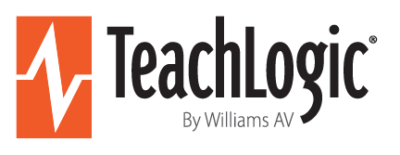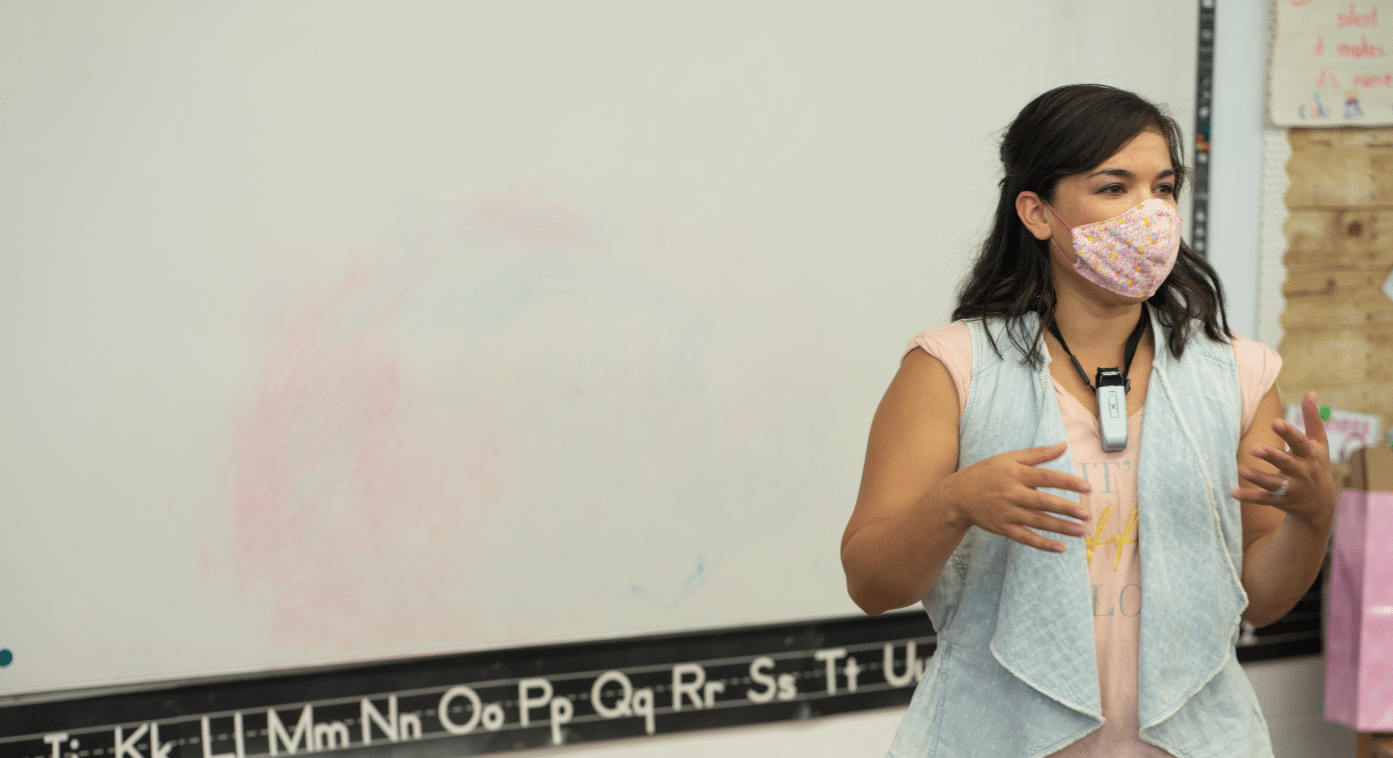
Masks Muffle Teachers’ Voices
Microphones Amplify Volume and Boost Clarity
Masks create an additional barrier to student comprehension.
The average listening accuracy of students in a normal classroom configuration is 80%. When you factor in a room’s acoustics, distance from the teacher, and background noise, the average student hears at a B- grade. Masks make the existing situation even worse.
Average Room Noise Level: ~50dB
Level Students Need to Clearly Hear Audio: +15 dB above the noise (~65 dB)
Teacher's voice level as it travels across the room
| 3 Feet | 6 Feet | 12 Feet | 24 Feet | |
|---|---|---|---|---|
| NO MASK | 65 dB | 59 dB | 53 dB | 47 dB |
| N95 MASK | 60 dB | 54 dB | 48 dB | 42 dB |
| 2-LAYER CLOTH MASK | 57 dB | 51 dB | 45 dB | 39 dB |
Sound decreases 6 dB every time distance doubles. Even a loud “teacher voice” is too low by the second row.
Audio Problems Hurt Academic Performance
According to the Centers for Disease and Control (CDC), about 15% of children ages 6 to 19 have hearing loss of at least 16 decibels in one or both ears.
The American Speech-Language-Hearing Association stresses the importance of getting treatment, reporting that students with mild to moderate hearing loss who do not receive intervention typically fall behind their peers by 1 to 4 grade levels.

Audio Problems Hurt Teachers
Teachers who work in schools with noisy classrooms must constantly raise their vocal volume in response to varying levels of background noise, causing vocal strain.
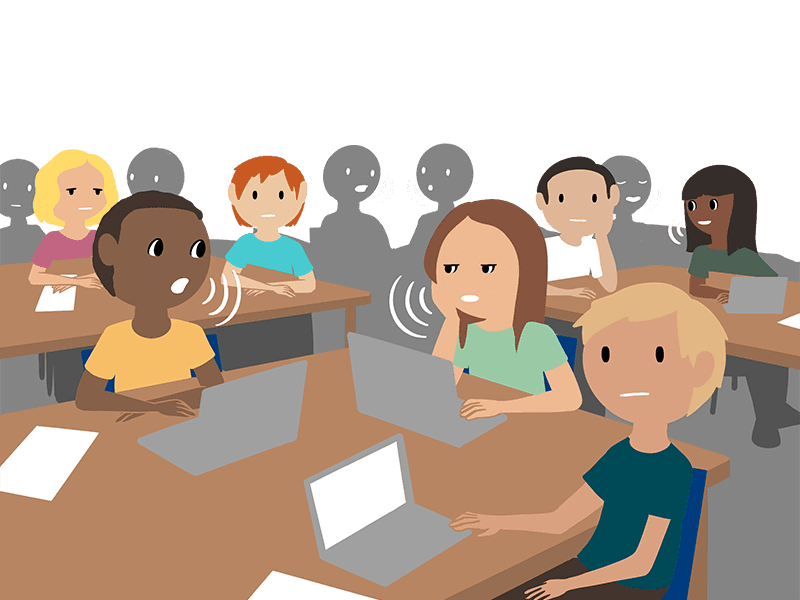
The Lombard Effect
Student behavior-related disruptions are often a result of an involuntary effort to raise one’s voice to combat background noise and to be heard.

Vocal Strain
As a result of projection and repetition, 65% of teachers experience voice-related health issues during a typical school year.
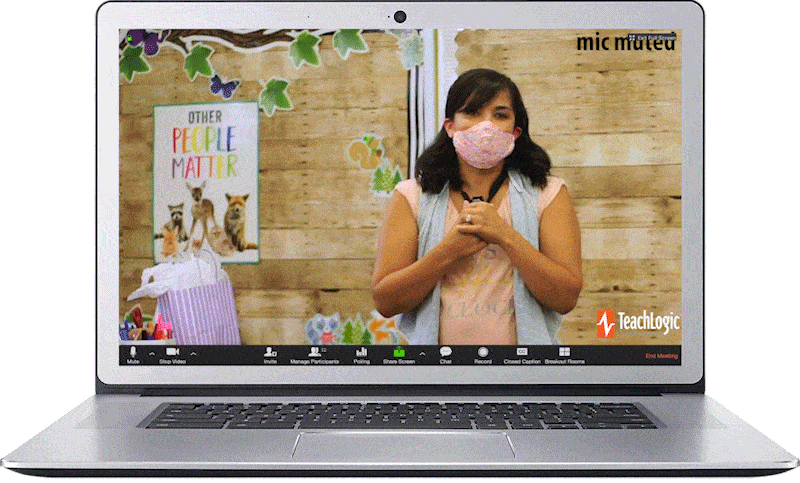
The pandemic has impacted how students hear instructional audio.
- When the teacher wears a mask or moves off camera, students are unable to read lips. This is detrimental to language comprehension for young students and those with a hearing impartment, as they rely on seeing the teacher’s mouth to help process language.
- Schools need technology solutions that synchronize in-person and online environments so all students have equitable access to instructional audio.
“In my eighteen years of teaching I have found using a microphone in the classroom as one of the most helpful tools. Using a microphone makes collaboration and group work easier to manage. English Language Learners can hear my instruction more clearly; I have found they follow directions better and turn in higher quality work because they have a clearer understanding of what I’m trying to teach. I used to get sick at the beginning of every year because of overusing my voice, but that has changed with the microphone. I can speak normally and students are able to clearly hear.”
– Jamie Yorba, Teacher & AVID Program Coordinator, San Marcos, CA
When Teachers Use Microphones
A microphone lifts the teacher’s natural voice to help with classroom management while increasing intelligibility, which also decreases the need for repetition.
gains in Math and Reading.
increase in on-task behavior.
gains in comprehension for ELL students.
Microphones are a simple, effective way to ensure that every student can hear and learn.
Get an audio system in your classroom today.
See a case study on how a school used TeachLogic to support hybrid learning.

Ask your school: “How are we ensuring every student has equitable access to all instructional audio both in-class and online?”
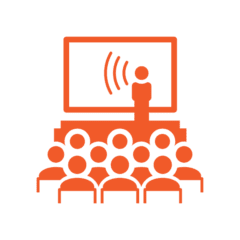
Teachers: Check out our audio systems, or share this page with your school administrators and/or technologists.
